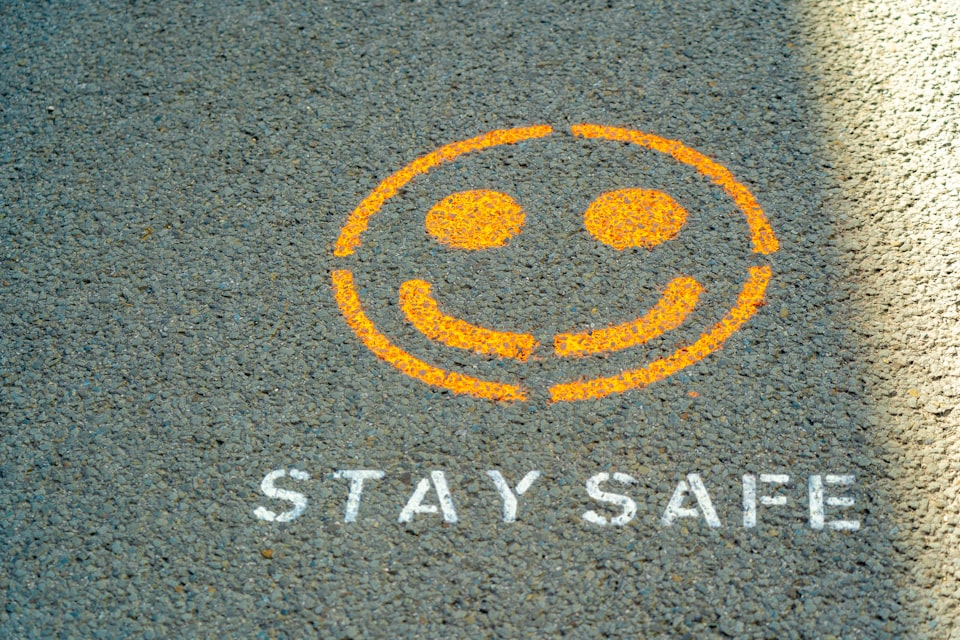Keeping Our Digital World Safe

On the 30th anniversary of the World Wide Web, I’m going to pause my usual laser focus on digital governance. Mature governance is a requirement for making reliable and scalable digital products, but it’s also a requirement for creating safe digital products. What do you get if companies govern digital well? You get digital products that don’t generate lawsuits because the product owner didn’t think through the ramifications of functionality. Products that protect the rights of the user. Products that work for every human being. Products that do the right thing.
I think of that as digital safety.
As a global community, we need to be more proactive and deliberate about digital safety. Right now, there is a lot of rage about the manipulation of social media by governments and individuals. Consumers are justifiably angry and fearful that the owners of these social media products seem incapable of setting their product ship on a safe course, or unwilling to do so. There is a growing call for regulation in the digital maker community, but at the same time, this same community is terrified of being over-regulated and stifled. And there is the helplessness of consumers who don’t seem to know what to do to keep themselves safe online. Do you opt out of certain products, change privacy permissions, or just keep going and hope for the best?
People have navigated this product safety impasse many times before, and we should take advantage of patterns and lessons learned. Let’s look at automobiles, for example. In many parts of the world, no one would consider mass-producing a car that didn’t have certain safety features. Why is that? Because over time (around 80 years), and after much loss of life in automobile accidents, the public, manufacturers, regulatory bodies and governments came into agreement about the roles each would play in keeping cars safe. Automobiles have seat belts (the manufacturer), and in certain parts of the world there are policies in place that say drivers and passengers must wear them (regulation), and it is an individual’s responsibility to make sure they fasten that belt when they get in the car. All of these things make for a safe ride — until new things come into play and need to be considered, such as autonomous driving.
When it comes to digital safety, I think we need to start thinking about assigning responsibilities to the same set of players. The public, digital product manufacturers, and regulatory bodies all have a role to play in keeping the Web safe. Here are some starting thoughts on how responsibilities could be apportioned.
The Public’s Role in Digital Safety
- Understand the products we use and how they work — especially at the data level.
- Intentionally configure permissions and privacy settings.
- Protect children and the vulnerable from online exploitation.
- Pay for the digital products we value (your pocket or taxes).
Digital Product Manufacturer’s Role in Digital Safety
- Design products with digital safety in mind. Be willing to sacrifice some product development agility to create a safer product.
- Explain to the public or your customer, in plain language, how your products work, and how information that is generated or contributed is used and managed.
- Collaborate across businesses and establish industry-wide digital safety norms.
- Design digital equivalent of a crash test dummy and simulate outcomes of the use of your products. Make the digital crash test dummy inclusive, so it protects everyone.
- Donate important advances in digital safety to the public. (Take inspiration from Volvo’s waiving of patent rights for the three-point seat belt).
The Regulatory & Governmental Role in Digital Safety
- Stay informed about new technologies and capabilities, and their impact on the public.
- Fund digital safety research.
- Regulate when manufacturers refuse to implement safety measures to protect the public.
In a perfect world, digital product manufacturers would put the public and consumer safety first, and minimize the necessity for regulation by being proactive about safety. But, unlike governmental bodies, their accountabilities often point to a stock price or other non-safety focused performance goals. That’s how business works most of the time. So they need regulation and a push from the public to do the right thing — always. We can do the right thing. We just have to work at it — together. We’ve been here before with other technologies and have succeeded.
It’s our Web. Let’s take care of it.



